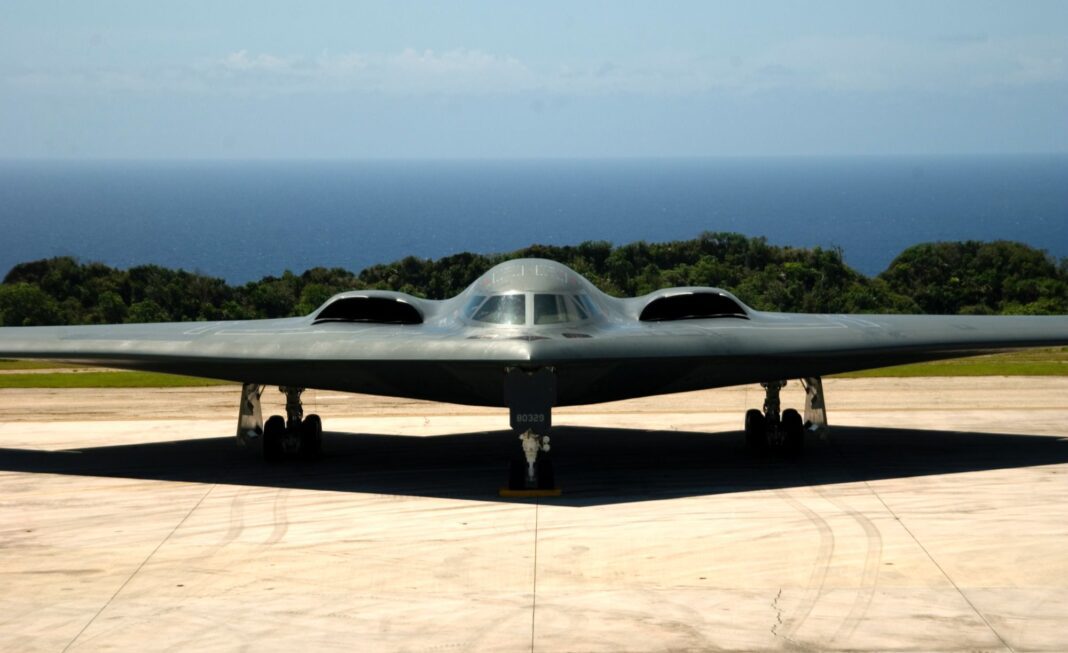On June 21–22, 2025, the United States launched airstrikes targeting three major Iranian nuclear facilities—Fordow, Natanz, and Isfahan—marking the first direct U.S. military strikes on Iran in decades. President Trump announced the operation as a “spectacular military success” aimed at dismantling Iran’s uranium enrichment capabilities
What Happened
- The U.S. used B-2 stealth bombers, bunker-busting GBU-57 bombs, and Tomahawk missiles launched from submarines to strike deeply buried nuclear sites in Fordow, Natanz, and Isfahan at around 2:30 a.m. Tehran time
- President Trump declared the mission “completely and totally obliterated” Iran’s uranium enrichment capacity, with all aircraft returning safely
- Iran’s Atomic Energy Organization condemned the strikes as illegal under international law but acknowledged the attacks and stated evacuation plans prevented radiation leaks
Why It Matters
- This marks a major U.S. escalation in support of Israeli efforts to halt Iran’s nuclear progress
- Fordow is a deeply buried site long thought immune to direct attack—its targeting demonstrates advanced U.S. military capability
- Israeli Prime Minister Netanyahu endorsed the strikes, stating that “peace through strength” begins with decisive action
Immediate Fallout
- Iranian retaliation: Tehran launched missiles toward Israel shortly after, injuring dozens in Tel Aviv, Haifa, and Ness Ziona. Israel responded by targeting Iranian military infrastructure
- Global alarm: UN agencies and global leaders called for de-escalation, with the IAEA confirming no radiation leaks and the UN urging restraint
- Allied reactions: Britain was notified pre-strike but did not take part. Gulf countries and humanitarian groups issued warnings about the risk of broader war
Broader Context
- The strikes followed an Israeli campaign on June 13 that targeted Iran’s nuclear infrastructure and missile systems and included covert Mossad drone operations.
- U.S. intelligence had earlier warned that Israel—with U.S. support—might attack Iran’s nuclear program if diplomatic efforts failed .
What Comes Next
- Heightened regional tension: Iran vows “everlasting consequences” and reserves the right for further retaliation
- Potential wider conflict: Houthi rebels and other regional proxies may increase attacks on U.S. and allied interests
- Diplomatic pressure resumes: Calls for an emergency UN Security Council session are underway; global leaders warn of a “protracted campaign” requiring military, covert, and diplomatic coordination
Conclusion
The U.S. strikes on Iran’s nuclear sites mark a new phase in Middle East conflict. By deploying advanced weaponry to penetrate fortified underground facilities, the U.S. has signaled a stronger posture in halting Iran’s nuclear progress. With immediate retaliation already underway, the risk of broader escalation remains high. The world now holds its breath for what comes next.



